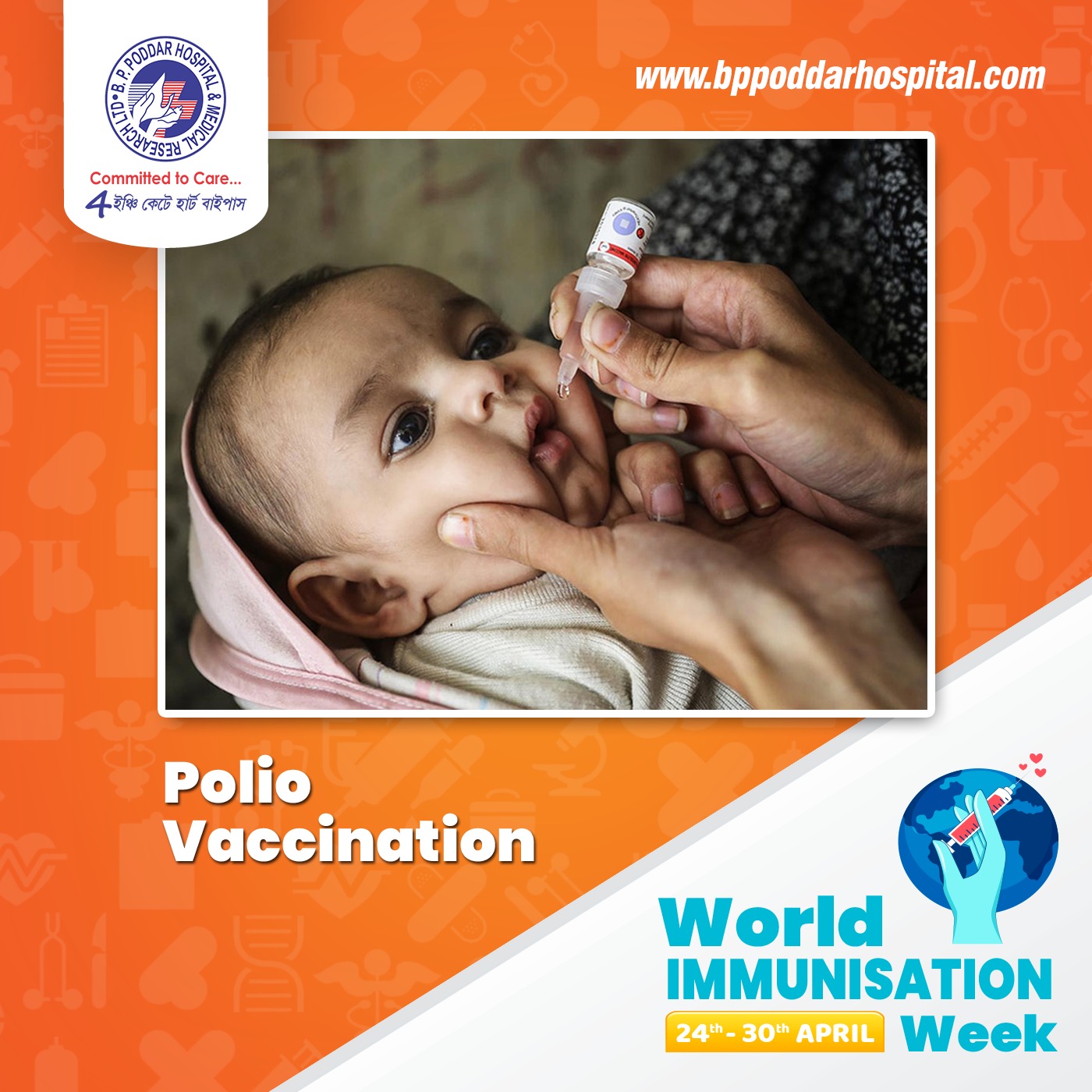
Over the years, the polio virus has left millions of children globally paralysed. A virus that dwells in the digestive system and throat is what causes polio. It is mostly transferred through coming into touch with an infected person's faeces (for example, when changing diapers).
Some kids with polio have no symptoms at all. Others experience cold-like symptoms, which can occasionally include neck, back, and limb discomfort and stiffness. Yet some children who have acute muscular discomfort within a week may become paralysed, or lose the ability to move their muscles. The legs of a kid are most affected by paralysis, but other muscles, particularly those that regulate respiration, might also be affected.
Polio may be characterised as a spinal, bulbar, or spine-bulbar illness depending on the paralysis locations. Maximum paralysis progresses quickly (in 2-4 days), is frequently accompanied by muscular discomfort and fever, and seldom lasts after the patient's temperature has returned to normal.
Asymmetrical and more severe proximally than distally, spinal paralysis is common. There are no or fewer deep tendon reflexes. Respiration and swallowing can be hampered by bulbar paralysis.
In 2% to 10% of cases, paralytic polio is deadly. After the initial event, many individuals regain at least some muscular function, and within six months of the commencement of paralytic signs, the prognosis for recovery can typically be determined.
There is no cure for polio, and some kids lose their lives to it. Poliomyelitis typically takes 6 to 20 days to incubate, however it can take anywhere from 3 and 35 days.
Two different kinds of Polio vaccine are available:
Both vaccines are highly effective against all three types of poliovirus. There are, however, significant differences in the way each vaccine works.
• OPV, oral polio vaccine
The oral polio vaccination (OPV) has two main effects: All three poliovirus types are immuned against by serum antibodies that are produced by OPV. In the case of an infection, this will shield the person from polio paralysis by stopping the virus's progress to the neurological system. The lining (also known as the "mucous membrane") of the intestines, which serves as the main location for poliovirus proliferation, is also subject to a local immune response brought on by OPV. The antibodies restrict the 'wild' (naturally occurring) virus' ability to reproduce inside the stomach, effectively preventing infection. The primary factor behind why mass vaccination campaigns with OPV may effectively halt the spread of wild poliovirus from person to person is likely the gut immune response to OPV.
• INACTIVATED POLIO VACCINE (IPV)
The inactivated polio vaccine (IPV), which must be administered intravenously, prevents the transmission of the poliovirus to the central nervous system by generating defense-enhancing antibodies in the blood (serum immunity). However, it only significantly lowers local polivirus immunity in the gut. It thereby offers personal defence against polio paralysis but, unlike OPV, is unable to stop the transmission of wild polio virus.
Inactivated polio vaccine benefits
Since the polio virus has been rendered inactive, IPV is not a "live" vaccine and there is no chance of developing vaccine-associated polio paralysis after receiving the shot. Most IPV patients experience an excellent immunological response following their IPV vaccination.
SCHEDULE
| AGE | VACCINES | NOTE |
| BIRTH | OPV ZERO | |
| 6 WEEKS | OPV-1 + IPV-1 / OPV -1 | OPV alone if IPV cannot be given |
| 10 WEEKS | OPV-2 + IPV-2 / OPV-2 | OPV alone if IPV cannot be given |
| 14 WEEKS | OPV-3 + IPV-3 / OPV -3 | OPV alone if IPV cannot be given |
| 15-18 MONTHS | OPV-4 + IPV-B1 / OPV -4 | OPV alone if IPV cannot be given |
| 5 YEARS | OPV-5 |